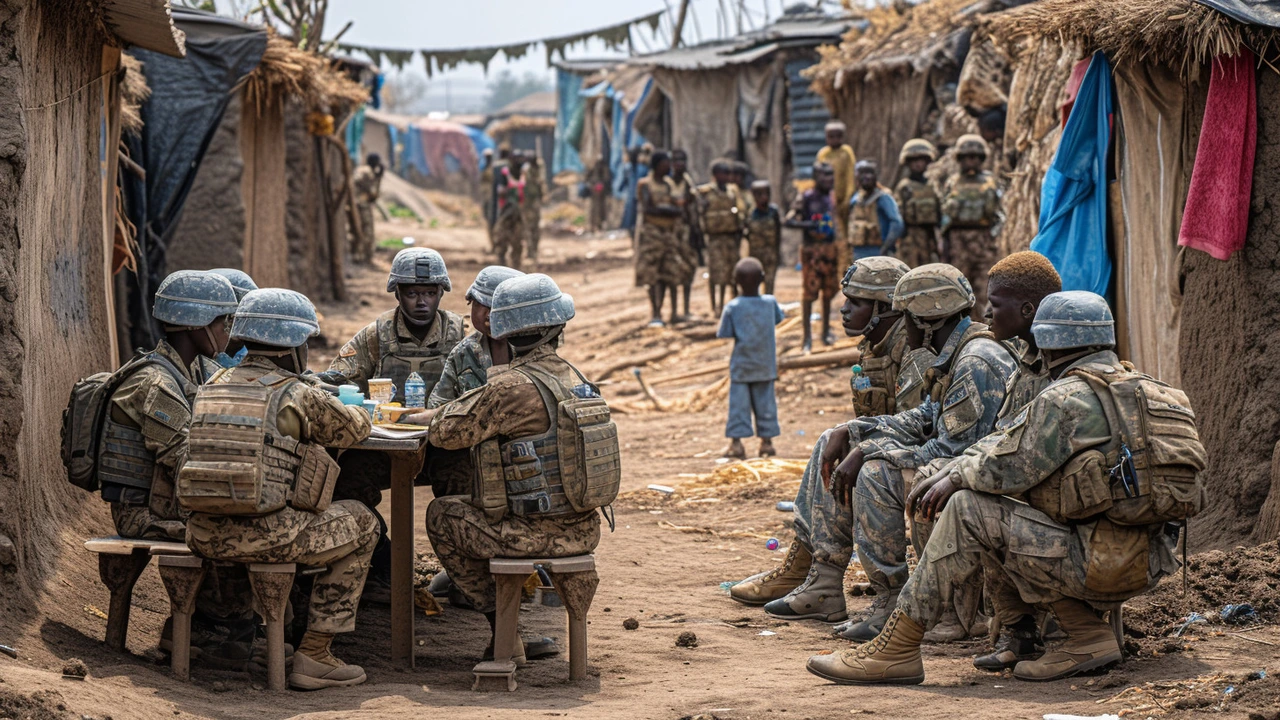How do you turn a battlefield into a community again? Reconciliation is the hands-on work after ceasefires and treaties — it’s about restoring trust, addressing harms, and helping people live side by side without fear. Peacekeepers can protect civilians, but lasting peace needs repair at the local level.
Reconciliation isn’t a single event. It’s a mix of truth-telling, accountability, rebuilding relationships, and practical support like jobs and services. When reconciliation happens right, communities stop cycling between violence and fragile calm. When it’s rushed or ignored, tensions return.
Truth and memory matter. Truth commissions or community hearings let victims name harms, and they create shared records of what happened. That doesn’t always lead to prosecutions, but it helps facts outlive rumors and silence.
Accountability has many forms. Courts, local justice councils, or restorative justice circles can hold people to account. The key is credibility: people must see that wrongs are recognized and that powerful actors won’t escape scrutiny.
Disarmament, demobilization, and reintegration (DDR) need real plans. Giving former fighters a way to restart civilian life — training, small business support, access to services — reduces the chance they rejoin armed groups.
Community dialogue builds new social bonds. Facilitated conversations between victims, ex-combatants, local leaders, and youth expose grievances and create local solutions. These dialogues should be practical and action-focused, not just symbolic.
Economic recovery is concrete reconciliation. Repairing schools, clinics, roads, and markets shows people that peace brings benefits. Small cash-for-work programs and targeted microfinance reduce tensions by offering quick, visible gain.
Security sector reform makes institutions trustworthy. Police and courts that act fairly and protect everyone make reconciliation possible. Training, vetting, and local oversight help build that trust.
Local ownership beats outside blueprints. Programs designed with community leaders, women’s groups, and youth are likelier to stick. Top-down solutions that ignore local power dynamics often collapse.
Sequence matters. Security first, then justice and services, then long-term reforms. Rushing elections or institutions before people feel safe can reignite conflict. Include women and marginalized groups from day one — their participation changes outcomes.
Measure progress with simple indicators: number of community dialogues held, reintegration job placements, complaints resolved, and perceptions of safety. Data keeps projects honest and lets planners fix what’s not working.
Reconciliation takes time, patience, and steady support. If you want practical examples and lessons from the field, check the posts tagged "Reconciliation" here — they break down strategies, real stories, and mistakes to avoid. Peace is built one local decision at a time.

As a writer with a deep interest in peacekeeping, reconciliation, and conflict resolution, I have been intrigued by the path towards achieving peace. Understanding the unique, fundamental role peacekeeping plays in global reconciliation, I will delve into this topic in the article. Expect insightful discussion on how peacekeeping efforts can assist in bridging divides and ushering in a period of long-lasting peace. Let us journey together on this exploration of peacekeeping as the cornerstone to reconciliation and the path to enduring peace.
